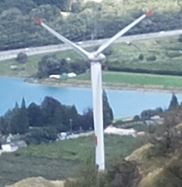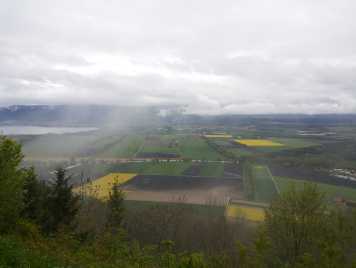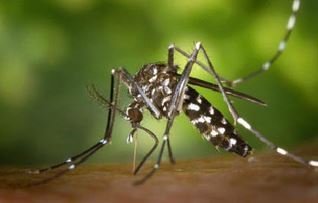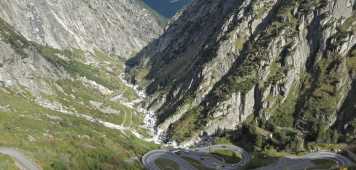Integrated Excursions
In the spring semesters 2014 and 2015 several suitable excursions (IntEx, 701-0026-00L) were chosen, in which the following GISsmox applications were carried out. The experiments of 2014 are summarized in this short external page video (in German).
Renewable Energies: Potential, Opportunities, Risks, Efficiency

Head of excursion: Prof. Dr. Heini Wernli
Different types of renewable energies are supposed to cover a large part of our energy demand in the future. Based on a planned wind farm and an existing biogas plant different perspectives are highlighted.
The objective of the GISsmox experiment in this excursion was to render the phenomenon "wind" palpable. The task involved measuring wind speed and direction in several locations on the site of a planned wind farm.
Grand Marais: Soil Recovery, Soil Protection, Soil Use

Head of excursion: Prof. Dr. Rainer Schulin
For a long time the swampland of Grand Marais was considered worthless. Then, by means of two Jura water corrections the water table was lowered. Like this the land was protected from flooding and the soil was made fertile. Since then, the Seeland is one of the most important vegetable growing regions of Switzerland. However, the intensive agricultural use lead to a depletion of topsoil and a sagging of soil by up to two meters.
In the framework of the GISsmox experiment, the students took soil samples on a field along pre-defined transects and recorded the humus depth with the help of the Collector for ArcGIS app.
Non-indigenous Plants (Neophytes) and Animals (Neozoa) in Ticino:

Head of excursion: Prof. Dr. Andreas Gigon
In Ticino there are several species of non-indigenous, invasive plants (neophytes) and non-indigenous animals (neozoa). The objective of this excursion is to discuss which influence these species have on the indigenous flora and fauna, which dangers they pose to humans and how they can be eradicated.
During the excursion two GISsmox applications took place. Potential breeding grounds of tiger mosquitoes were recorded and the occurrence of chocolate vine (Akebia quinata) was mapped in a pre-defined area.
Reuss Valley Uri: Natural Hazards

Head of excursion: Dr. Jochen Breschan
The Reuss valley in canton Uri is in movement in various ways. Geological, glacial and hydrological processes have changed the shape of the valley for a long time and characterize its current form. Some of these processes develop enormous energies and pose natural hazards to transport infrastructures and settlements. This excursion demonstrates this using the examples of rockfall and flooding and shows which measurements can be taken to protect humans and infrastructure.
To illustrate the protective effect a forest can have against rockfall a forest area above a slope was evaluated with the help of a GISsmox experiment.